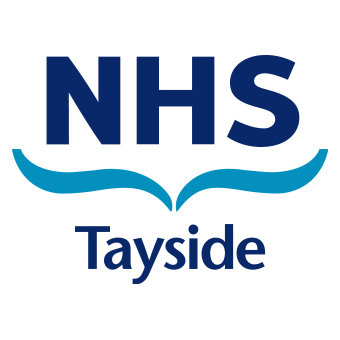Delivery of warmed blood products rapidly through potentially small IV/IO access. Methods of administration are via the Belmont rapid transfusion device or manual delivery via 60ml Syringe via Buddy Lite portable fluid warmer (Trauma Team Ops Bag)
In general terms if flow rate greater than 100ml/min are required then use Belmont Device. Remember the Belmont can only bolus volumes calculated to the nearest 50ml.
Flow rate lower than 100ml/min then use Buddy Lite warmer and manually push blood products via 60ml syringe.
